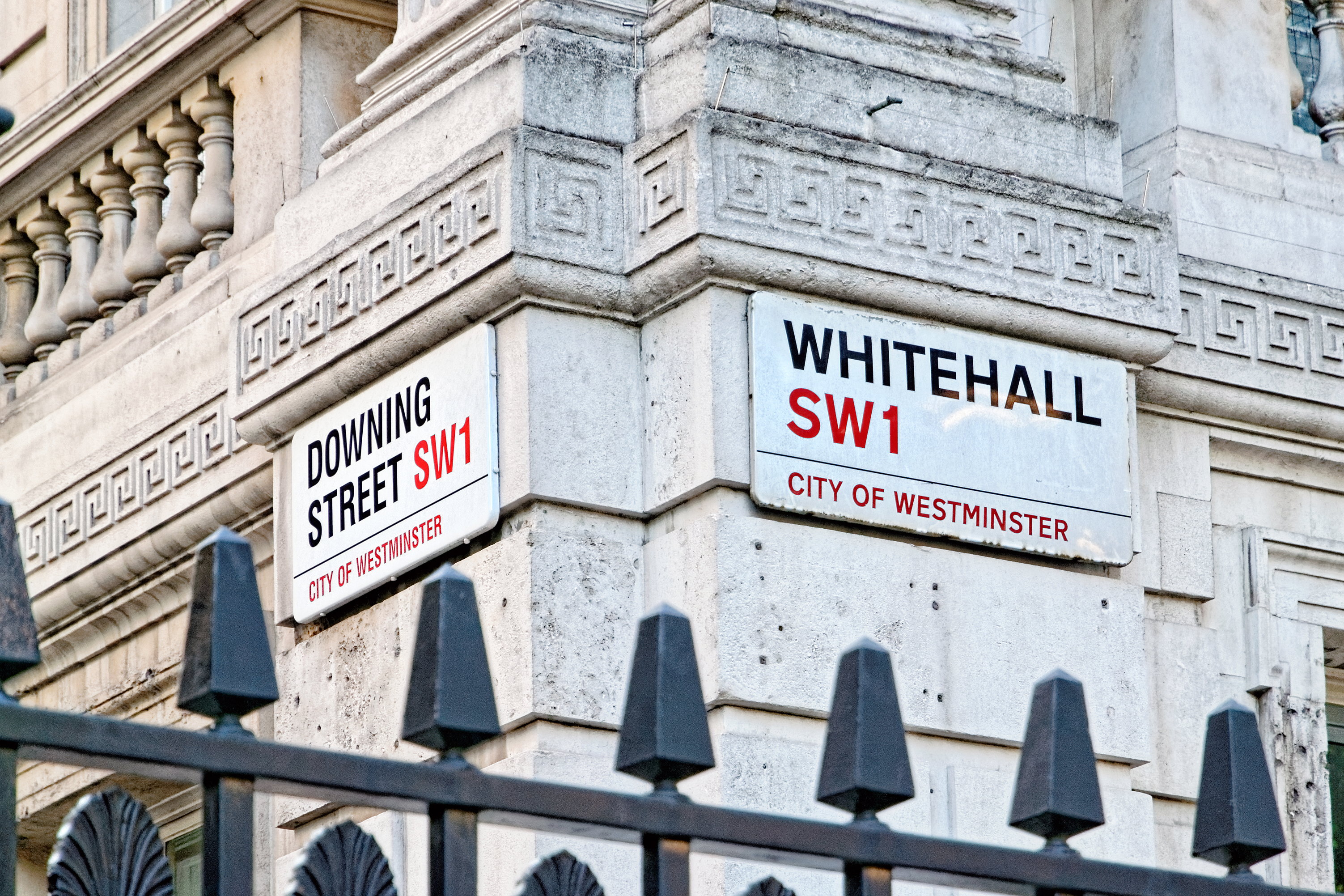What is pupil premium funding?
Introduced in 2011, the pupil premium is described by the Department of Education as ‘additional funding for publicly funded schools in England to raise the attainment of disadvantaged pupils and close the gap between them and their peers’.
In 2020-21, 2.03 million children were eligible for some form of pupil premium funding, the vast majority of which – 1.85 million – were low income families eligible under the deprivation criteria.
Around 112,000 children were eligible for the pupil premium for looked after and previously looked after children and around 79,000 attracted the service premium set up in recognition of the challenges faced by children from armed services families.
Pupil Premium spending increased substantially from £623 million in 2011/12 to £2.41 billion in 2014/15.


In the financial year 2023-24, pupil premium spending will increase to almost £2.9 billion.
The idea behind the pupil premium emanated from the 2010 Liberal Democrat manifesto. When the Liberal Democrats and the Conservatives agreed to form a Coalition government after the 2010 General Election, the pupil premium was included in the subsequent Coalition agreement. It committed the new government to ‘fund a significant premium for disadvantaged pupils from outside the schools budget by reductions in spending elsewhere’.
The number of pupils attracting the pupil premium has followed a similar trend to the overall level of funding, as eligibility criteria has broadened.
Pupil premium eligiblity
In 2021/22, the amount of additional funding that a school received in relation to the pupil premium depended on the related category of the pupil premium.
Schools receive £1,385 for every primary aged pupil, or £985 for every secondary age pupil, who claims free school meals, or who has claimed free school meals in the last 6 years. Children are typically eligible for free school meals when their parents have been in receipt of a particular qualifying benefit, such as universal credit, income support, child tax credit, employment support allowance, and support under part six of the 1999 Immigration and Asylum Act.
Schools receive £2,410 for every pupil who is currently looked after by an English local authority, or for a child who has left local authority care through adoption, a special guardianship order or a child arrangement order.
Schools receive £320 for every pupil where a parent is recorded as serving in the regular armed forces in any school census in the last six years (referred to as Ever 6 service children). It is also paid in respect of children in receipt of a pension under the Armed Forces Compensation Scheme or the War Pensions Scheme after their parent died or was injured while serving in the armed forces.
Once the funding has been allocated, it is up to school leaders to decide how to spend the pupil premium money. The government believes school leaders are best-placed to assess their pupils’ needs and use funding to improve attainment.
There is no specification on how a school can use the extra funding. In the past, pupil premium funding has been used for music lessons for disadvantaged pupils, help with the cost of educational trips or visits, and speech and language therapy.
The annual ‘Pupil Premium Awards’, record some of the more ‘creative’ ways in which the money has been spent, including on money on a bike for a child who was repeatedly late for school due to missing the bus, a nutritionist for a Year 5 child whose poor diet was causing behavioural and learning difficulties, and shoes and school uniform – including a PE kit – for a disadvantaged child in Year 3.
Is the pupil premium effective?
In July 2019, the House of Commons Education Select Committee published a report on school and college funding. Evidence submitted ‘indicated that, on the whole, the idea of the Pupil Premium enjoyed substantial support’, however, there were still operational concerns expressed by witnesses who appeared before the committee.
The report Select Committee said:
• It is clear that the Pupil Premium is being used ‘to plug holes in schools budgets rather than being directed at disadvantaged children’.
• Ring-fencing the Pupil Premium or subsuming it under the National Funding Formula ‘will not fix the underlying problem that there is simply not enough money in the system’.
• Concerns were raised about the effectiveness of the Pupil Premium even when it was being used as intended. Many schools had used the money for teaching assistants, ‘whereas recent evidence suggested these resources could have been deployed differently to better maximise educational outcomes’.
• The accountability system was also identified as an ‘area in need of improvement’.
• Because the pupil premium relies on the take-up of free school meals, the report stated this ‘means that too many deserving children are not receiving the support to which they are entitled’.
Others have questioned the effectiveness of the pupil premium. In 2015, the think tank Demos, noted how 67 out of 152 local authorities (44.1%) had a larger attainment gap, than before the pupil premium was introduced in 2011
Quotes
‘The big issue here is that the pupil premium is a con. When the Lib Dems and Labour were in talks after the election, this was an issue upon which those talks foundered’ – Andy Burnham, 2010, then-shadow Education Secretary and current Mayor Greater Manchester
‘We were the first government to create a Pupil Premium to invest more money in the education of children from the poorest families – and, importantly, for children in care too’ – David Cameron, 2014










